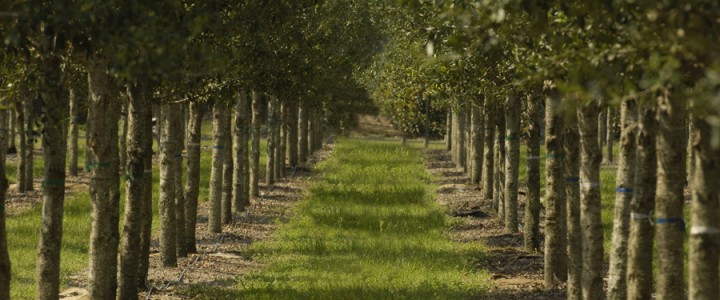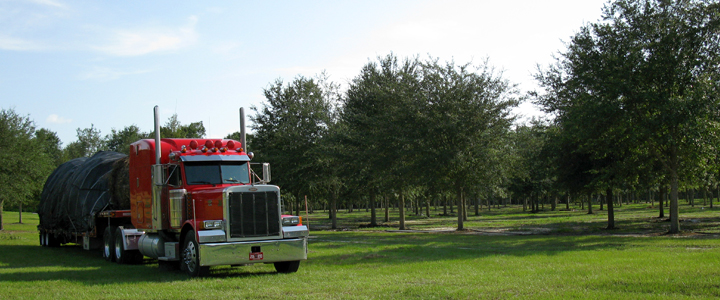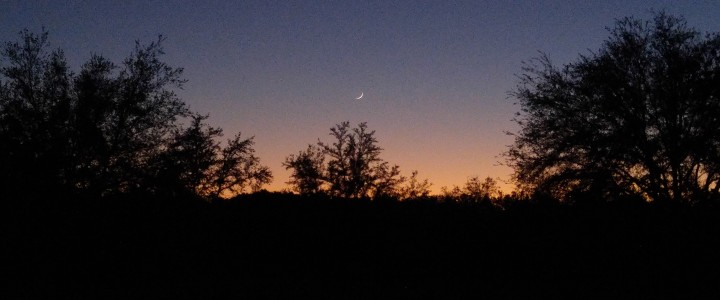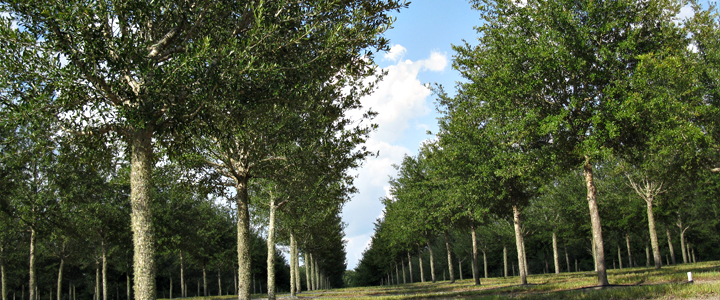A big, sprawling, picturesque tree, usually decorated with Spanish moss and strongly reminiscent of the old South, oak is one of the widest dissemination of the Oaks, providing large areas of deep, inviting shade. The live oak is the tree state of Georgia.
Reaching 40 to 60 feet tall, with a gap of 60 to 100 feet and usually with sinuous curves of many trunks and branches, oak is an impressive sight for any large-scale landscape. An amazingly durable American native, it can measure its lifetime in centuries if properly located and cared for in the landscape.
Live oak is usually pest-free. Occasionally mites infest the foliage, but they are of little concern in the landscape. There is some concern for a newly discovered Texas live oak decline. Galls cause homeowners much concern. There are many types and galls can be on the leaves or twigs of live oak. Most galls are harmless so chemical controls are not suggested.
Light requirement: tree grows in part shade/part sun; tree grows in full sun
Soil tolerances: clay; loam; sand; acidic; occasionally wet; alkaline; well-drained
Drought tolerance: high
Aerosol salt tolerance: high
Soil salt tolerance: moderate
Once established, Live Oak will thrive in almost any location and has very good wind resistance. Live Oak is a tough, enduring tree that will respond with vigorous growth to plentiful moisture on well-drained soil. Like other Oaks, care must be taken to develop a strong branch structure early in the life of the tree. Be sure to eliminate multiple trunks and branches which form a narrow angle with the trunk as these are likely to split from the tree as it grows older.
Best growth is made in moist, acid soil, sand, loam or clay, but the tree is amazingly adapted to drought. It also tolerates alkaline soil well. Young trees grow three feet each year and the trunk adds about one-inch in diameter under nursery conditions.
Recommended Tree Nursery – Southern Pride Tree Farm – Live Oaks for Sale
source: about.com



